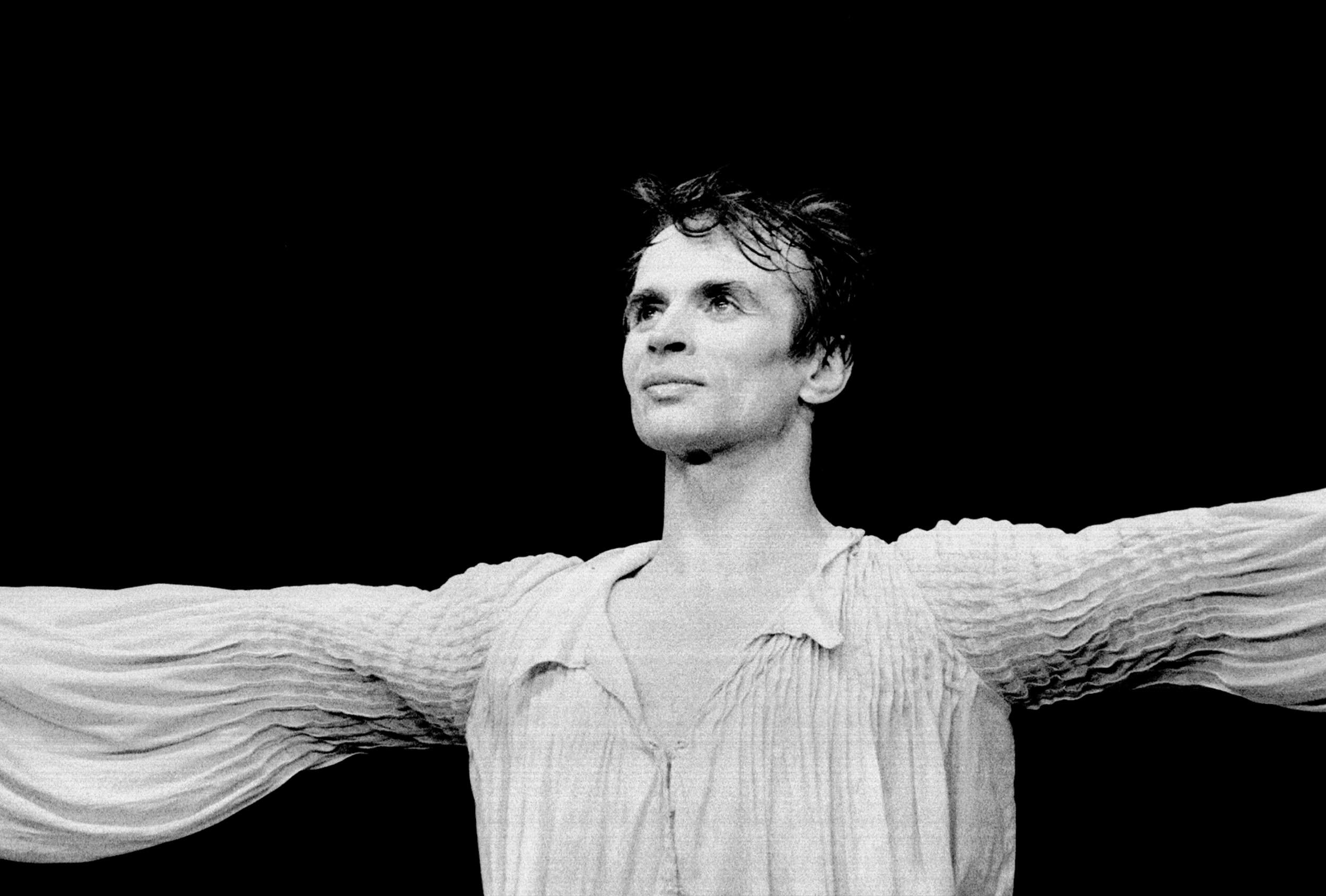
Rudolf Nureyev remains one of the most iconic ballet dancers in history. Born on a train in Soviet Russia, his journey to stardom is filled with dramatic twists and turns. Did you know he defected to the West in 1961, making headlines worldwide? His performances were legendary, blending technical prowess with raw emotion. Nureyev's partnership with Margot Fonteyn became the stuff of legends, captivating audiences globally. Beyond the stage, he directed the Paris Opera Ballet, leaving an indelible mark. Curious about his life? Here are 25 fascinating facts about Rudolf Nureyev that will give you a deeper understanding of this ballet legend.
Early Life and Background
Rudolf Nureyev's life began in a small village, but his journey to stardom was nothing short of extraordinary. Here are some fascinating facts about his early years.
- Born on March 17, 1938, in a train near Irkutsk, Russia, Rudolf Nureyev's birth was as dramatic as his life would become.
- His family lived in poverty, and young Rudolf often danced to entertain his siblings.
- At age 11, he saw his first ballet performance, which ignited his passion for dance.
- Despite his late start, he was accepted into the prestigious Vaganova Academy of Russian Ballet at 17.
Rise to Fame
Nureyev's talent quickly set him apart, and his rise to fame was meteoric. Here are some key moments that defined his career.
- In 1958, he joined the Kirov Ballet (now Mariinsky Ballet) in Leningrad, where he became a principal dancer.
- His performance in "Laurencia" in 1959 earned him critical acclaim and solidified his status as a rising star.
- In 1961, during a tour in Paris, he defected from the Soviet Union, seeking political asylum in France.
- After defecting, he joined The Royal Ballet in London, where he formed a legendary partnership with Margot Fonteyn.
Artistic Contributions
Nureyev's influence on ballet extended beyond his performances. He made significant contributions to the art form itself.
- He was known for his powerful leaps and expressive performances, which broke the mold of traditional male ballet roles.
- Nureyev expanded the male dancer's repertoire, taking on roles traditionally reserved for women.
- He choreographed several ballets, including his own versions of "Swan Lake," "The Nutcracker," and "Romeo and Juliet."
- His interpretation of classical ballets often included innovative and daring elements that pushed the boundaries of the art form.
Personal Life
Nureyev's personal life was as colorful as his professional one. Here are some intriguing facts about the man behind the legend.
- He was openly gay, a bold stance during a time when homosexuality was widely stigmatized.
- Nureyev had a long-term relationship with Danish dancer Erik Bruhn, whom he met in 1961.
- He was known for his fiery temper and perfectionist nature, which sometimes led to conflicts with colleagues.
- Despite his fame, Nureyev remained deeply connected to his Russian roots and often expressed a longing for his homeland.
Later Years and Legacy
Even as he aged, Nureyev continued to perform and contribute to ballet. His legacy endures through his numerous achievements and lasting impact on the dance world.
- In 1983, he became the director of the Paris Opera Ballet, where he revitalized the company and introduced new works.
- Nureyev continued to perform well into his 50s, defying the typical retirement age for dancers.
- He was diagnosed with HIV in the late 1980s but kept his illness private for many years.
- Despite his declining health, he continued to work and perform, showing incredible dedication to his art.
Honors and Recognition
Nureyev's contributions to ballet earned him numerous accolades and recognition worldwide.
- He received France's highest cultural honor, the Commandeur de l'Ordre des Arts et des Lettres, in 1988.
- In 1992, he was awarded the prestigious Praemium Imperiale for theatre/film by the Japan Art Association.
- Nureyev was posthumously awarded the Russian Order of Friendship in 1996, recognizing his contributions to Russian culture.
- Several institutions and awards have been named in his honor, including the Rudolf Nureyev Foundation, which supports ballet and dance initiatives.
Final Years
Nureyev's final years were marked by both struggle and triumph. His enduring spirit left a lasting impression on the world of dance.
- Rudolf Nureyev passed away on January 6, 1993, in Paris, France, from complications related to AIDS. His legacy lives on through his groundbreaking work and the countless dancers he inspired.
The Legacy of Rudolf Nureyev
Rudolf Nureyev's impact on ballet is undeniable. His talent, charisma, and dedication transformed the art form, inspiring countless dancers and choreographers. Nureyev's partnership with Margot Fonteyn remains legendary, showcasing his ability to connect deeply with his partners on stage. His defection to the West in 1961 was a bold move that highlighted his desire for artistic freedom. Beyond his performances, Nureyev's work as a choreographer and director left a lasting mark on ballet companies worldwide. His life, filled with triumphs and challenges, continues to captivate and inspire. Nureyev's legacy lives on through the dancers he mentored, the productions he created, and the audiences he enchanted. His story is a testament to the power of passion and perseverance in the face of adversity. Rudolf Nureyev will forever be remembered as one of the greatest dancers in history.
Was this page helpful?
Our commitment to delivering trustworthy and engaging content is at the heart of what we do. Each fact on our site is contributed by real users like you, bringing a wealth of diverse insights and information. To ensure the highest standards of accuracy and reliability, our dedicated editors meticulously review each submission. This process guarantees that the facts we share are not only fascinating but also credible. Trust in our commitment to quality and authenticity as you explore and learn with us.
